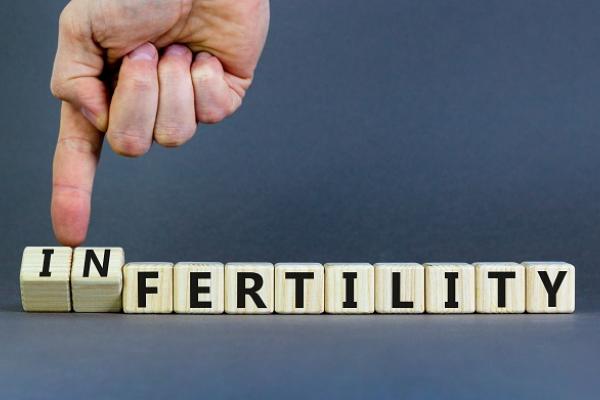If a couple cannot achieve pregnancy despite regular and unprotected sexual intercourse for 1 year for couples younger than 35 years of age and for 6 months for couples older than 35, the condition is called infertility. Primary infertility implies total absence of pregnancy in obstetric history of the couple, while secondary infertility is characterized by at least one conception, irrespective of giving birth to a living newborn infant.
Number of infertile couples has recently increased due to certain reasons such as stressful living conditions, unhealthy diet and smoking.
Although there are female and male factors for infertility, pregnancy may, sometimes, fail, even if there is no significant problem in both man and woman. This last group is called “unexplained infertility” and it accounts for 10-15 percent of infertile couples.
Therefore, it is critical to determine the exact underlying cause for infertile couples to achieve a healthy pregnancy and eventually have healthy babies. Other important factor that increases the success rate in treatment of infertility is to prescribe correct treatment through the most appropriate personalized treatment approach for couples.
Causes of Female Factor Infertility
- Advanced Age
- Polycystic Ovary Syndrome
- Early Menopause
- Blocked Fallopian Tube
- Vaginismus
- Endometriosis
- Low Ovarian Reserve (AMH)
Causes of Male Factor Infertility
- Severe Oligospermia and Azospermi
- Treatment of Male Factor Infertility
- Varicocele






